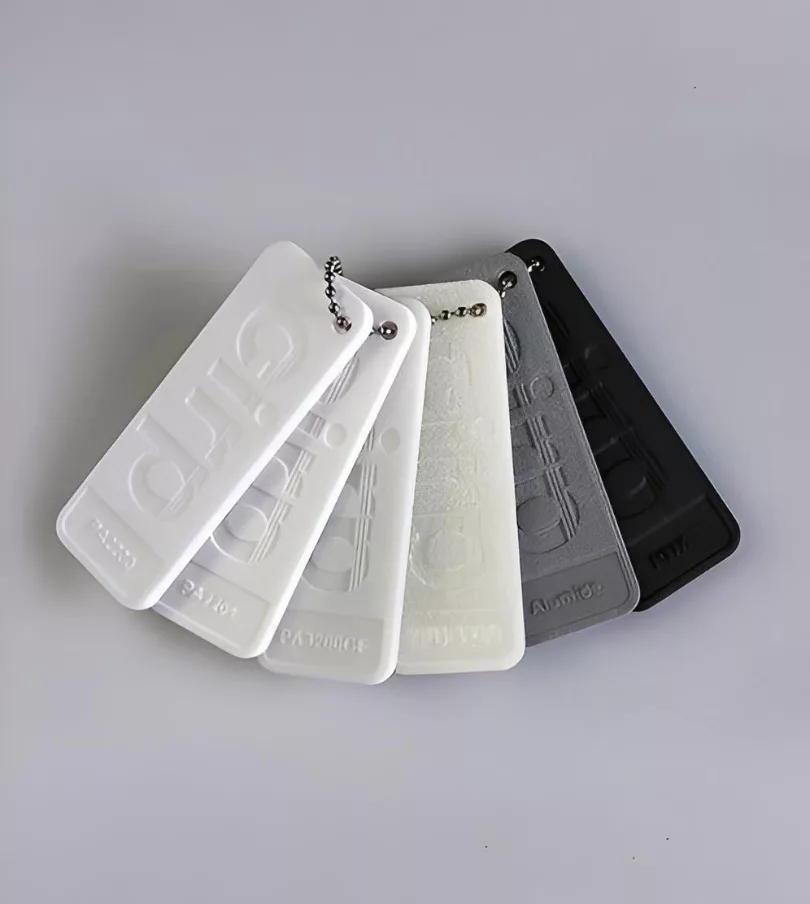Our Processes
Powder Bed Fusion (MJF/SAF/HSS)
Our Processes
- Selective Laser Sintering (SLS)
- Powder Bed Fusion (MJF/SAF/HSS)
- Stereolithography (SLA)
- PolyJet (PJM) -EN
- CAD, manufacturing-oriented building component design & reverse engineering
- Measurement technology
- Metal casting
- Selective laser melting (SLM)
- RapidTooling (RT)
- CNC Machining
- Model making (MB)
- Vacuum casting (VAC)
- Fused Deposition Molding (FDM/FFF)
In addition to selective laser sintering (SLS), other powder bed-based manufacturing processes have been available for several years now. Whether called Multi Jet Fusion (MJF), Selective Absorption Fusion (SAF), or High Speed Sintering (HSS), these processes are based on the same physical principles (and the equipment manufacturers also share their respective patents with each other). In contrast to SLS, sintering is not achieved using a laser, but rather across the entire surface using infrared lamps. To do this, the print heads must first apply the material, at least to the areas where the plastic powder should not be sintered. This approach can increase the production speed, at least for many small components. Tolerances are comparable to SLS, but for larger components, this manufacturing process tends to cause greater distortion than SLS.
Material properties

SAF™ PP offers exceptional dimensional accuracy and repeatability, now with a new mode for enhanced accuracy—setting a new benchmark for polypropylene performance in powder bed fusion. Thanks to its excellent chemical resistance and airtightness, it is ideal for demanding end uses, from automotive housings and ducts to orthotics and consumer goods. SAF PP combines flexibility, strength, and precision for the mass production of functional components.
Flexible, durable parts with excellent elasticity and impact resistance. Elastomer parts with outstanding elasticity, rebound, and fatigue resistance—ideal for cushioning, protection, and repeated use.
Structural integrity is maintained under stress, and both shock absorption and mechanical durability are outstanding. Ideal for a wide range of applications requiring elastomeric properties, including healthcare, sports equipment, industrial seals, footwear, and automotive interiors such as seat components.